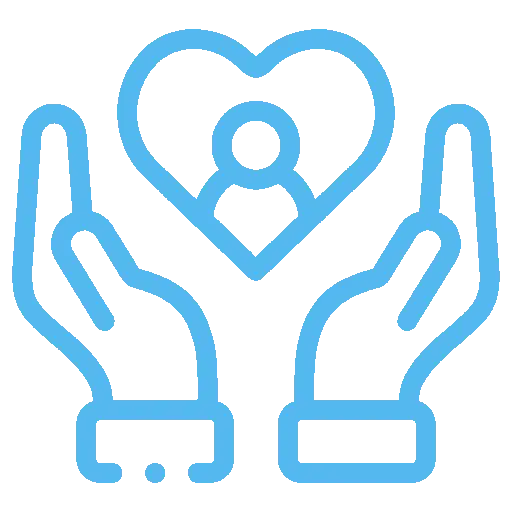Drug/Alcohol Rehab Recovery Bowling Green
Here are some of the local statistics and facts about rehab recovery programs in Bowling Green and Ohio:
1. Substance Abuse Disorders in Bowling Green
According to a 2017 survey conducted by the Wood County Prevention Coalition, 22.7% of youth aged 12-17 in Bowling Green reported using alcohol in the past month. The same survey found that 9.8% of youth reported using marijuana in the past month, and 4.9% reported using prescription drugs for non-medical purposes.
In 2018, the Bowling Green Police Department reported 155 felony drug arrests, which was an increase from 137 in 2017. The majority of these arrests were for drug possession, followed by drug trafficking and drug manufacturing. These numbers suggest that substance abuse disorders are prevalent in this community and that there is a need for effective rehabilitation programs.
2. Types of Rehab Recovery Programs in Bowling Green
There are several types of rehab recovery programs in Bowling Green, including inpatient/residential programs, outpatient programs, and detoxification programs. Inpatient programs require individuals to stay in a facility for a specific amount of time, where they can receive intensive therapy, support, and medical services.
Outpatient programs allow individuals to attend therapy sessions while living at home. This type of program is suitable for individuals with mild substance abuse disorders or those who have completed an inpatient program but still need support. Detoxification programs help individuals safely manage withdrawal symptoms while getting rid of toxins from their body.
3. Commonly Treated Disorders in Rehab Programs
The most commonly treated disorders in rehab programs in Bowling Green and Ohio include alcoholism, opioid addiction, and prescription drug abuse. Alcoholism is a prevalent problem in the community, and many individuals seek help to overcome their addiction to alcohol.
Opioid addiction has also become a significant concern in Ohio, as it is one of the states with the highest rates of opioid-related deaths. Many rehab programs in Bowling Green offer specialized treatment for opioid addiction, such as medication-assisted treatment and counseling.
Prescription drug abuse is another problem that is on the rise in Ohio. Many individuals become dependent on painkillers, sedatives, and stimulants, leading to addiction and other health problems. Rehab programs in Bowling Green provide specialized treatment for prescription drug abuse, including behavioral therapy and medication management.
4. Facts About Rehab Recovery Programs in Ohio
Here are some additional facts about rehab recovery programs in Ohio:
- The Ohio Department of Health reports that there were 4,854 drug overdose deaths in the state in 2017, with opioids being the main cause of these deaths.
- In 2018, there were 72,000 admissions to addiction treatment facilities in Ohio, with alcohol being the primary substance for treatment.
- Ohio has expanded its Medicaid program to cover substance abuse treatment, making it easier for individuals to access rehab programs.
- There are several state-funded rehab programs in Ohio, providing affordable options for those who cannot afford private treatment.
Overall, while substance abuse disorders are a prevalent issue in Bowling Green and Ohio, there are many resources available to help individuals overcome their addiction and achieve long-term recovery. With the right support and treatment, individuals can successfully overcome their substance abuse disorders and lead a healthier, happier life.

